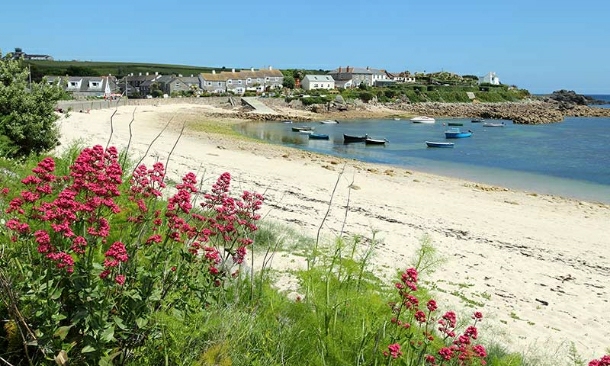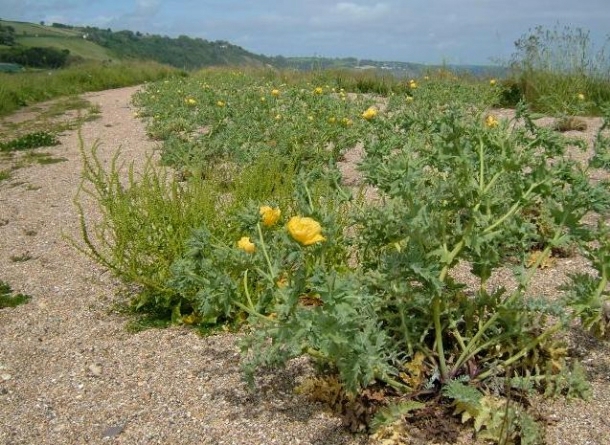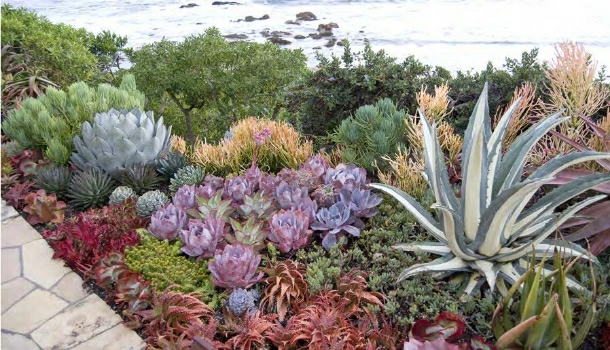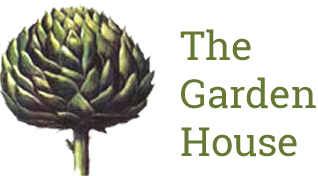Coastal and Mediterranean Gardening
Posted:16 March 2017
Being Brighton gardeners were very conscious of the challenges that face those of us with exposed or southern coastal gardens. A year or two back we visited the amazing Ventnor Botanic Gardens on the Isle of Wight and met Irene Fletcher who worked at the Ventnor Botanic Gardens and who, over the years, has designed and made a number of coastal gardens on the Isle of Wight and in Sussex.
We thought that now might be a useful time to recap on her advice. At the time Irene showed us many slides depicting everything possible for coastal growing from low spreading succulents to fluffy acacias and epic echiums she also had a few useful pictures of planting that didn’t work in exposed and chalky sites.
 Valerian (centranthus ruber)
Valerian (centranthus ruber)
Ventnor Botanic Gardens has a stunning Mediterranean garden built on terraces where the soil had earlier been removed to make beds elsewhere in the gardens. Plants there grow in very free-draining chalk and rubble, and are planted to show how they thrive naturally in the wild rather than purely for decoration. The garden has a shelter belt of trees and hedges and is backed by higher ground so has its own microclimate, even within the mildness and optimum light levels of the Isle of Wight.
Irene identified the main characteristics that protect plants from the desiccating effects of sun and salt winds:
* narrow leaves
* with waxy or farinaceous layers
* perhaps covered in tiny white hairs that trap salt
* white surfaces to reflect the sun and prevent burning
* aromatic containing volatile oils that help stop the leaves shrivelling and being eaten
* flexible stems that bend rather than snap in strong winds
* shrubs typically have secondary buds in the leaf axil so that if the first set of leaves are damaged others grow readily all along the stems
* tubular flowers protect the pollen
* other flower forms may look flimsy, but they are rapidly replaced over a long season to give the plants a good chance of setting seed.
We learnt that salt spray can travel up to 10 miles inland in very windy weather (!) and, settling on leaves, draws out the moisture (reverse osmosis) leading to brown marks and shrivelling.
 Yellow horned poppy (glaucium flavum)
Yellow horned poppy (glaucium flavum)
Another good tip was that small species tulips from Greece and Turkey, and gladiolus byzantinus, are suited to dry baking sites, unlike our native bulbs. Also, plant Mediterranean herbs like lavender and rosemary in the spring as they do not like to start with their roots in cold or winter wet. All the plants Irene mentioned do better on poor well-drained conditions and may be short-lived if your soil is too well-nurtured. They include many of the native species that thrive and self-seed along the south coast in shingle beaches or chalk cliffs – horned poppy (glaucium flavum), hardy annual poppies, wild thyme, wild carrot, sea cabbage, valerian (centranthus ruber) as well as more unusual ones from New Zealand and South Africa as well as all around the Mediterranean.
I went away with pages of plant names, many of which I realise are the ones that do best in my garden, so instead of finding them a bit too reliable and boring I am going to treasure them!
Words: by Julia Widdows


